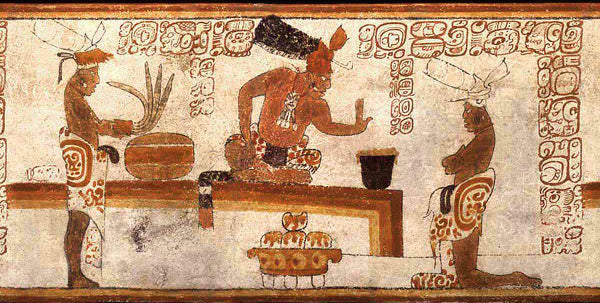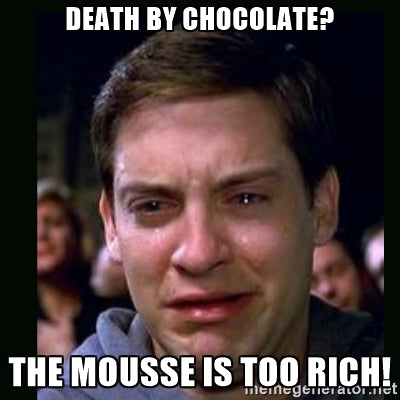Chocolate and the cacao its made from has a long history of use, enjoyment and abuse by Humans! Here are 7 surprising facts you might not know.
3500 years of history
It all started with the Olmecs around 1500BC, who began to cultivate cacao, the elites began to consume it as a drink in ceremonies, and generally revere the sacred plant. This paved the way for Zapotec, Teotihuacan, and Maya civilisations, followed by the Aztecs, who all carried on the many similar traditions and uses of cacao, as well as developing their own.
A Gift From the Gods
The cacao tree was believed to be gift from the god Quetzalcoatl. Depicted as a feathered serpent, this Mesoamerican god represented a variety of vivacious things such as health, love, sex, agriculture, and food. The Aztecs believed that he came to earth from an afternoon star bearing a gift for the Toltec people. The gift? Well that was the Cacao tree of course. Quetzalcoatl was later driven from the earth in a battle with other gods who tricked him. The prophesy of Quetzalcoatl’s return to earth later played a part in the demise of the Aztec civilisation.

Cacao as currency
Cacao beans were the principle form of currency in the Aztec empire, which they kept in bags of 24000 beans. This was the standard weight called a carga. A rabbit was worth 10 beans and a slave 100 beans. Conquered people had to pay tributes in cacao beans.So the saying that money doesn't grow on trees wasn't always right!
Montezuma's 50 cup habit
Montezuma II, the 9th ruler of Tenochtitlan, which means "Place of the Cactus Fruit" and was the centre of the Aztec empire, was rather partial to drinking cacao. He was reputed to consume 50 cups of the spicy chocolate concoction every day, drinking it from golden cups! He also had thousands of jugs prepared daily for his household, and set an edict that cacao was to be reserved for men who went in to battle. Montezuma is often quoted as saying: "The divine drink, which builds up resistance and fights fatigue. A cup of this precious drink permits a man to walk for a whole day without food."
Death by Chocolate
The light-hearted phrase has a dark side, its believed to be true. Going back to 17th century Mexico, the Bishop of Chiapas is rumoured to have been killed by poisoned chocolate, after a disagreement with the ladies in his congregation. Apparently they were'n't happy that he said they could no longer drink chocolate during mass! Later in 1774, Pope Clement XIV died and poisoned chocolate was implicated. More recently, in the late 1800's, Christiana Edmunds had a poisoning campaigns of placing strychnine-laced chocolate back in shops where it was resold. Many fell ill and one young boy died before she was stopped. Most recently, a UK man killed his parents with a poisoned chocolate mousse in 2006.

Chocolate Makers Are Nuts!
Those of you who have spent any length of time with us at Woolley Wonkaland would probably agree with that statement. But the world over, chocolate producers use around 20% of the world's peanuts and 40% of the worlds almonds!
A Slow Starter
Cacao trees only grow well 20 degrees north or south of the equator, the same as vanilla, and love a hot, humid and wet climate. The trees grow around 20-25 feet tall and take up to 5 years before they first bear fruit, the cacao pods. They will then produce pods for up to 25 years, but will grow well over 100 years old, often reaching in excess of 200 years!
Also in Blog

Spring Equinox Cacao Ritual: Awakening with the Earth
The spring equinox marks that perfect moment of balance between light and dark before we tip toward the season of growth. What better time to honour both your inner landscape and the awakening earth with the heart-opening medicine of cacao?

A Samhain Ritual: Connecting with the Ancestors


